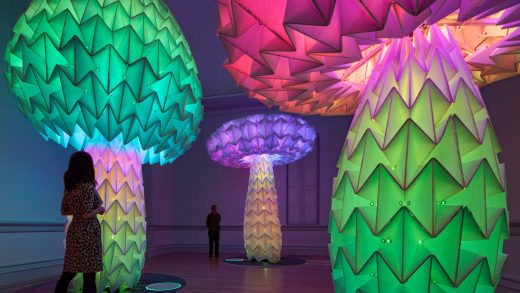How the Smithsonian is turning its art exhibitions into virtual reality experiences
Just as artists and curators are creating or commissioning virtual reality artworks to exploit the technology’s innovations, art institutions are moving forward with VR projects. Last year, the Guggenheim Museum partnered with Google’s Cultural Institute to let viewers virtually experience the museum and its artworks, while The British Museum turned its Ancient Egyptian collection into a VR experience. This week, the Smithsonian American Art Museum (SAAM) announced a partnership with Intel and Linden Lab (creators of Second Life) that turns its current exhibition, No Spectators: The Art of Burning Man, into a virtual experience on Linden Lab’s social VR platform, Sansar. Now those with VR headsets, whether they be individuals or groups, can virtually tour No Spectators (alone or with Smithsonian tour guides), an incredibly faithful simulation of the exhibition’s immersive room-sized installations, costumes, jewelry, and ephemera.
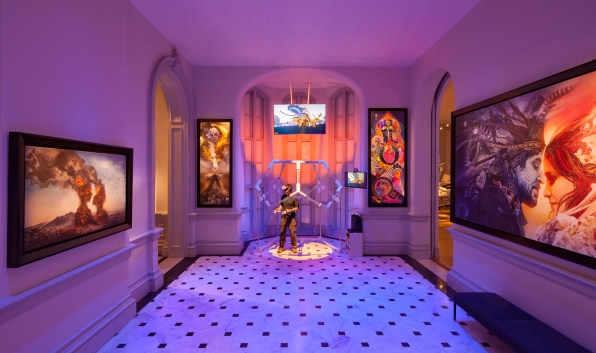
Sara Snyder, SAAM’s chief of external affairs and digital strategy, tells Fast Company that No Spectators VR grew out of discussions with Raj Puran, director of immersive technology business development at Intel. Both wanted to make exhibition tours more accessible, particularly to anyone unable fly to Washington, D.C. After launching a pilot VR project, SAAM and Intel saw No Spectators: The Art of Burning Man–which was set to be installed in the museum’s Renwick Gallery–as the perfect opportunity to create a virtual exhibition, both for those who couldn’t make it, or who wanted to see it years from now.
“The works are totally immersive, completely unique, and come together in a context unlike any they’d been seen in before,” says Synder. “You expect to see them out in the Nevada desert, but you’ve never seen them in an art museum before–let alone one in a historic building just steps from the White House.”
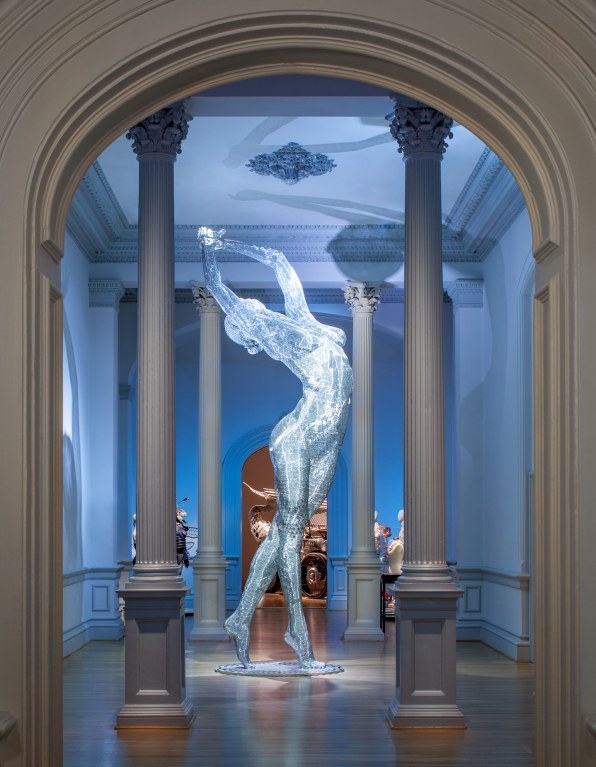
“What we loved about having Sansar in this mix is the social element,” she adds. “Our curator, Nora Atkinson, has been giving virtual tours in Sansar, and she just loves the fact that she can go into this space and walk people around, even if those people are in Los Angeles, San Francisco, or some other city, and connect with them in real time with the stories behind the pieces in an interactive way.”
Jason Gholston, Sansar’s head of studio, tells Fast Company that Intel provided Linden Lab with powerful computers to process the data sets. As he explains, the photogrammetry cameras and LIDAR scanners produced extremely massive chunks of imaging data, much of it ultimately being technological superfluous to the eventual VR rendering.
How they did it
The task of virtually recreating the Renwick Gallery build proved far simpler than simulating the artworks. Although Linden Lab worked off some laser capture data of the space, for the most part they constructed the building from its original floor plan.
For the artworks, Linden Lab worked with two 3D capture studios, xRez and Insight Digital, to assist in the initial captures of the pieces on display at the gallery. For one artwork, the Tin Pan Dragon, a dragon-shaped, pedal-powered car made of recycled aluminum pans, the team captured approximately 3,000 photos, which resulted in a mesh of about 1 billion polygons. Linden Lab took those polygons and multiple gigabytes of texture data and reduced it to 150,000 polygons, as well as one or two texture maps.
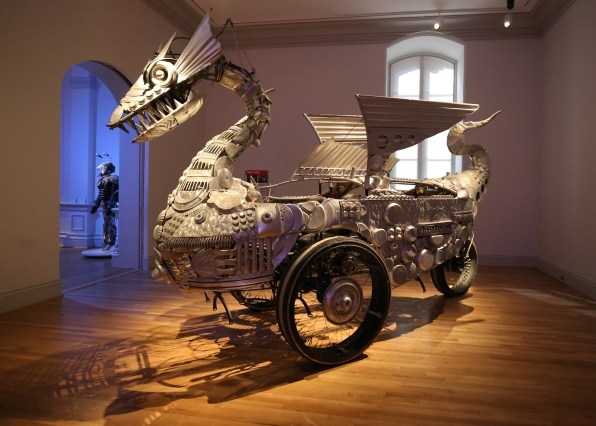
“The challenge was how do we capture these pieces, preserve their intent, while presenting them with all the details and intricacies that make them so powerful, charming, and compelling,” Gholston explains. “And we had make it all work at 180 frames per second, which is the frame rate you need to hit to make it work well in VR.”
“Each of these pieces saw a 99.9% reduction in the total data footprint in order to get them to work in VR,” Gholston adds. “And that was, for the most part, a totally manual process.”
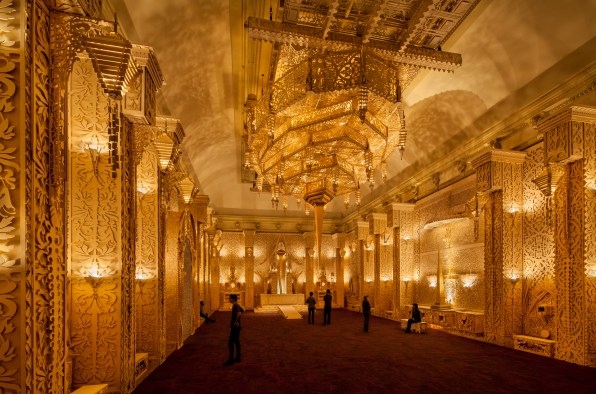
Only the first floor of No Spectators is currently available on Sansar. By late September, as the exhibition closes, artworks on the second floor, and those pieces installed in the nearby neighborhood, will be available for virtual viewing. And this VR experience is only the beginning of a collaboration on SAAM’s many art collections and future exhibitions.
“We see Intel and Linden Lab as long-term partners to work together on more VR projects,” says Synder. “We want to continue to learn from each other, and to really tackle this question of capturing three-dimensional objects digitally in a way that makes them as real and present for virtual visitors as possible.”
Fast Company , Read Full Story
(61)

